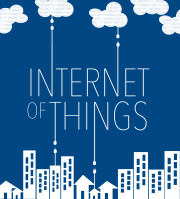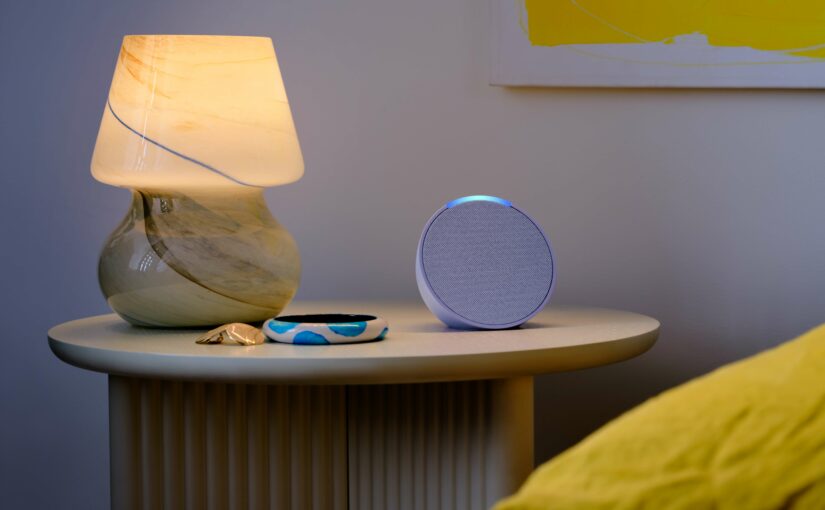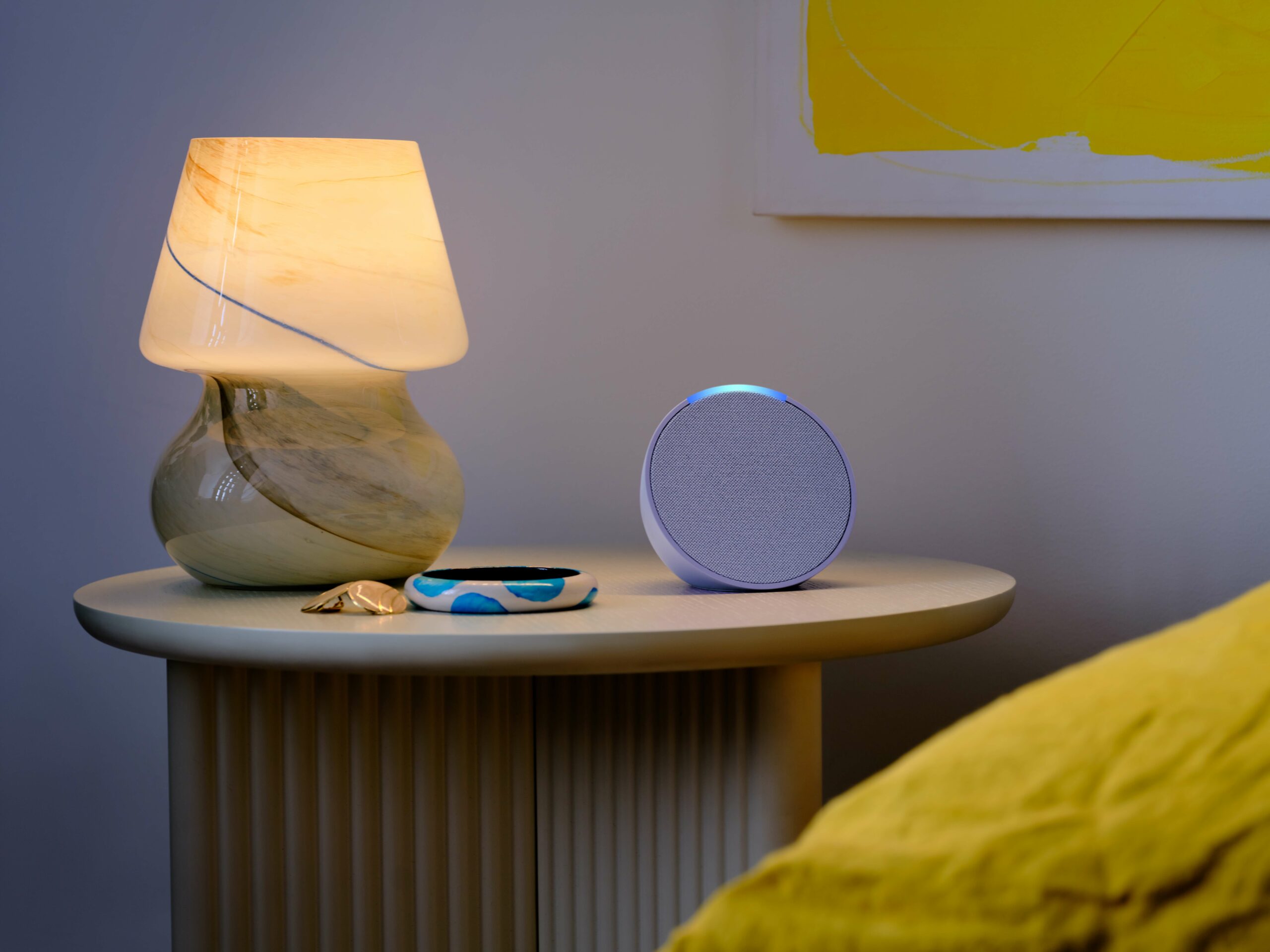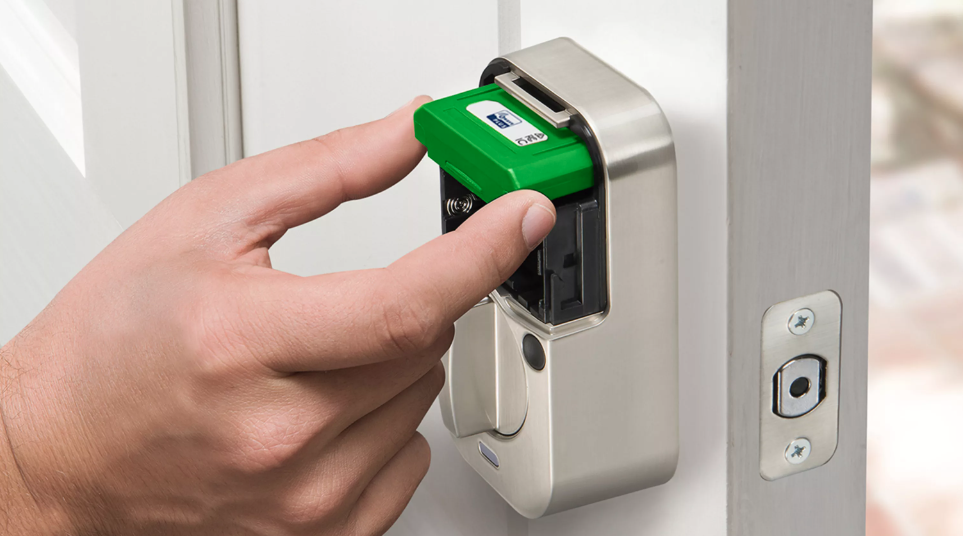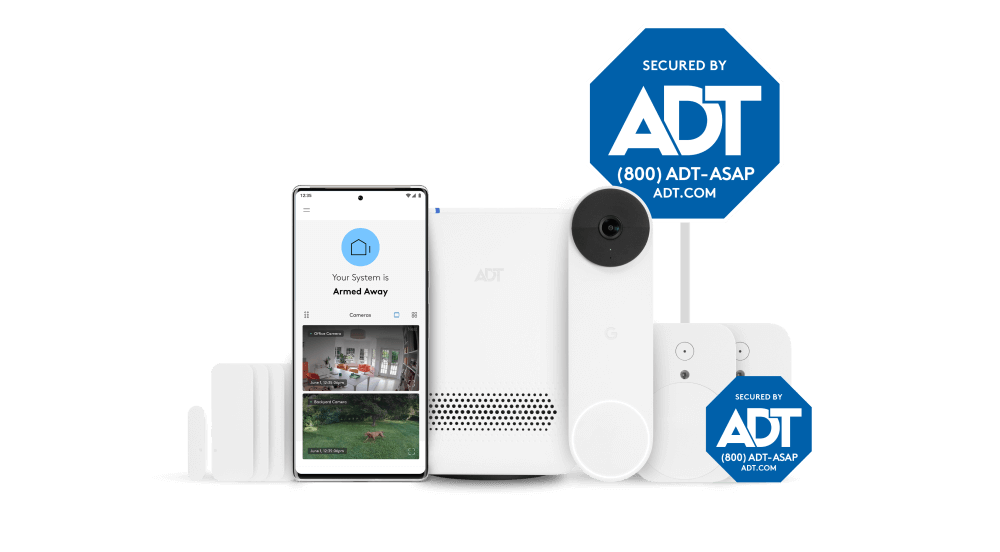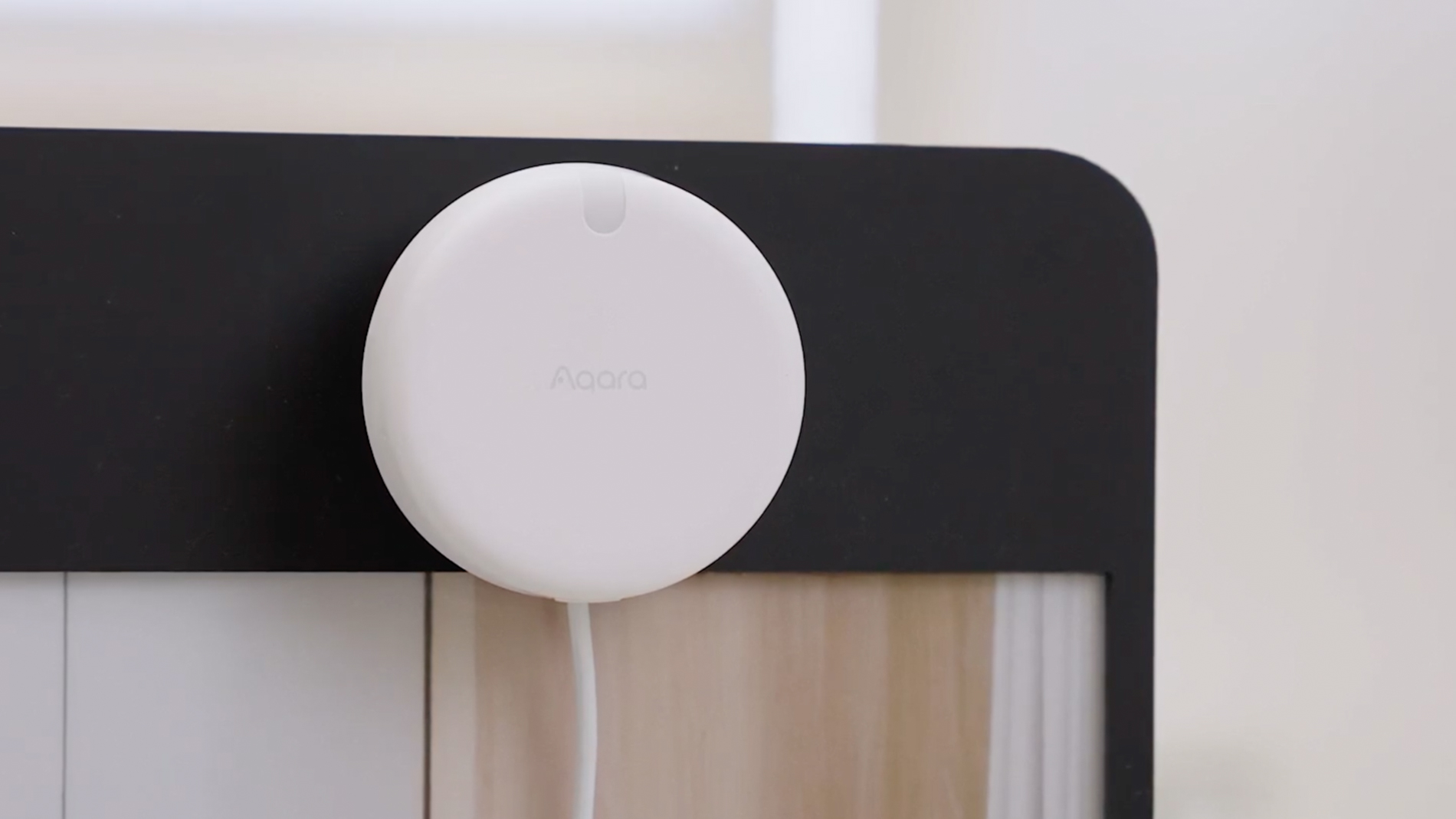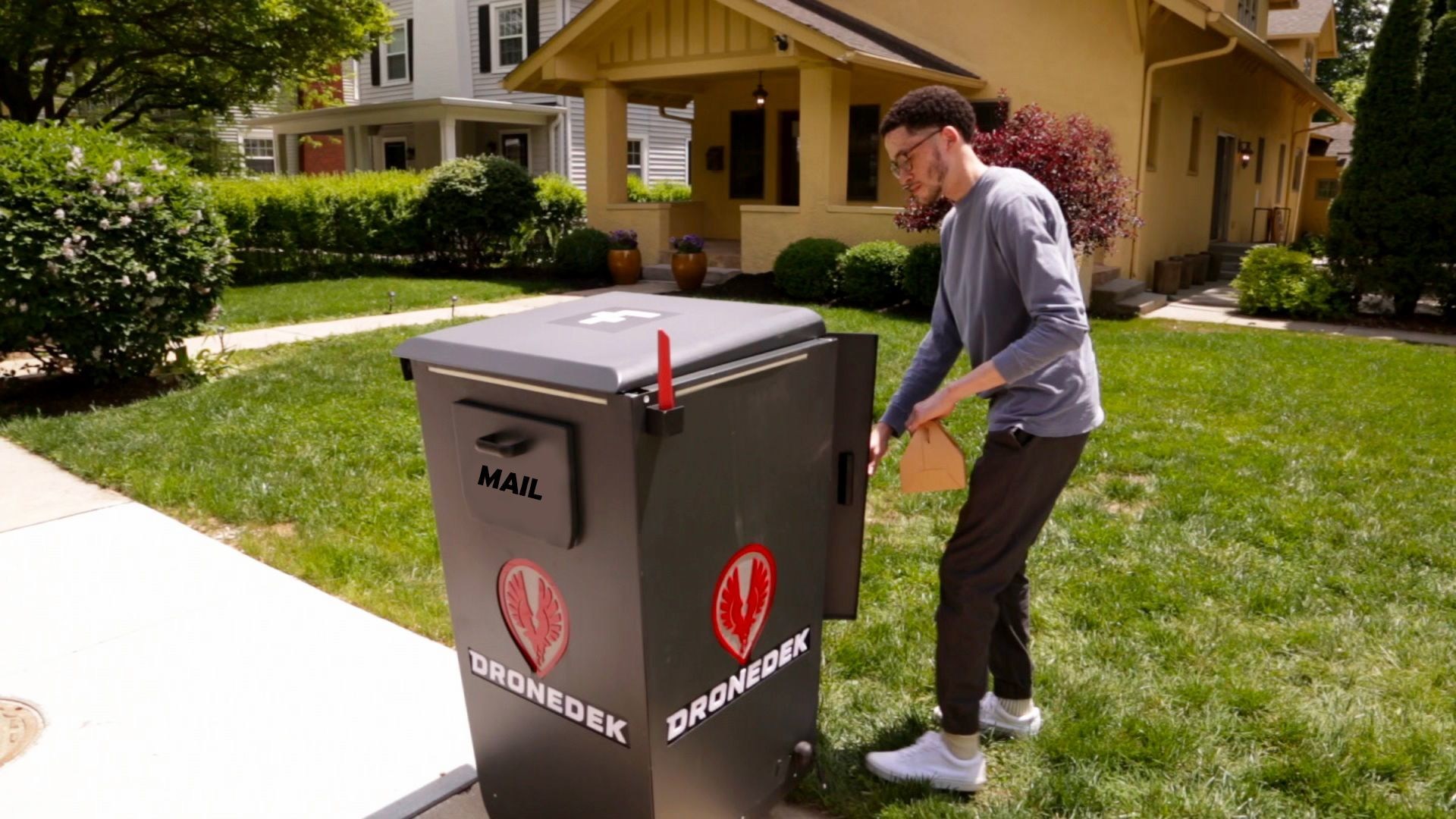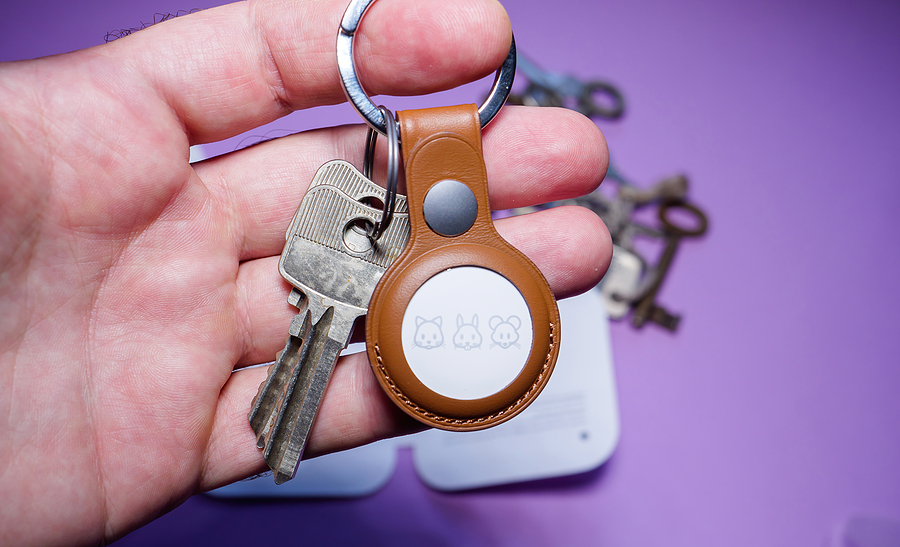This week’s podcast focuses on wearables, from hearing aids to mixed reality headsets. We start the show talking about the potential future of Apple AirPods as a hearing aid or an additional health-focused wearable. And while on the topic of Apple, we mention that the badges on your smart home devices will say the device works with Apple Home as opposed to Apple HomeKit. And then it’s back to wearables with our skepticism over the Humane AI pin. In smart home news, Shelly has new Z-Wave devices coming, and a fledgling smart home company called TUO has released a new Matter smart button. Yes, I purchased the company’s smart button. Then we discuss Swarm stopping the sale of its original VHF satellite connectivity for IoT devices to focus on its direct to cell satellite services. We then give an update on the purchase of Jamie Siminoff’s Honest Day’s Work startup by Latch. Finally, we answer a listener’s question about how to create a routine on Amazon’s Alexa system that controls multiple devices.
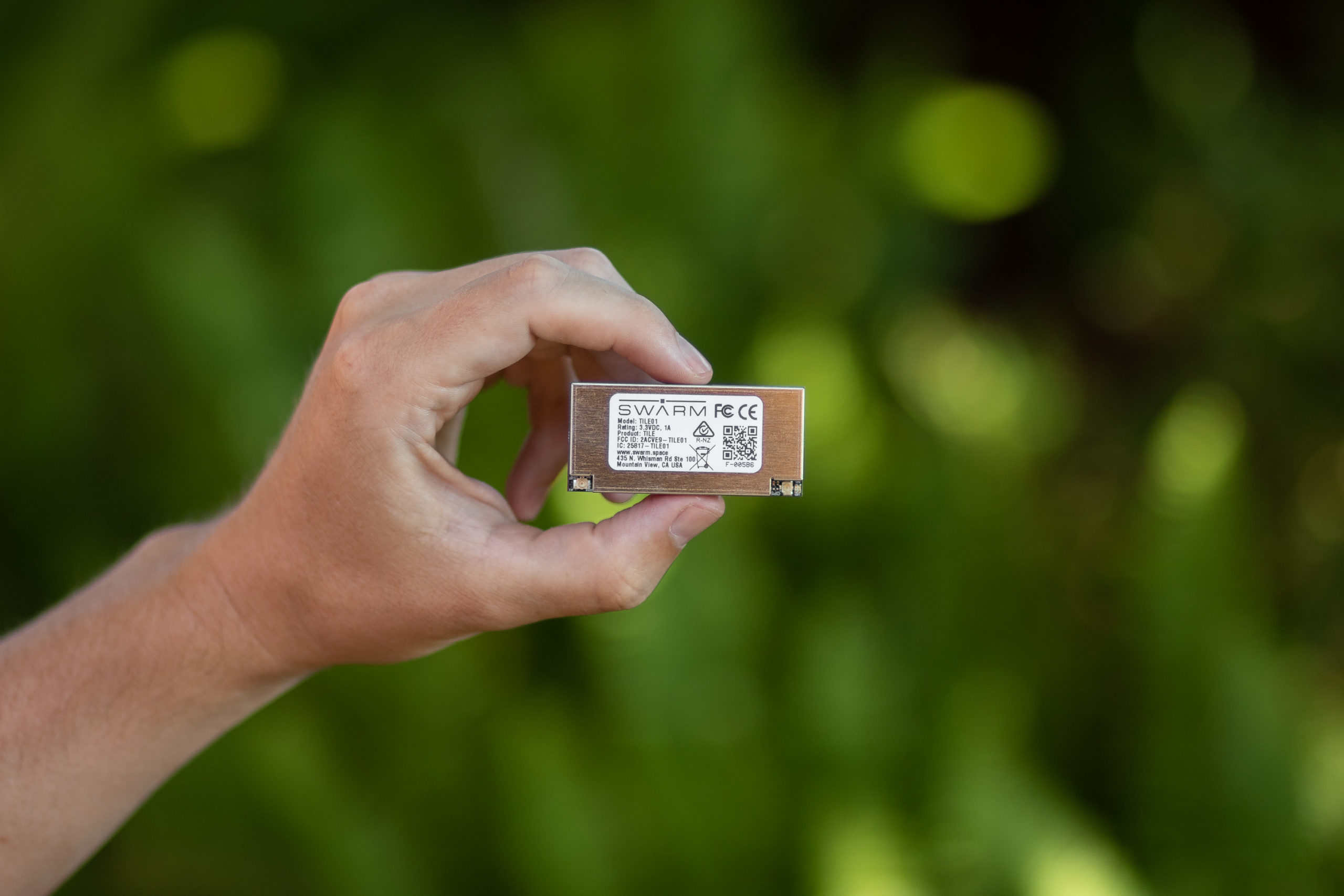
Our guest this week is JJ Lechleiter, SVP and general manager of PTC’s Vuforia business, discussing another kind of wearable — headsets. Lechleiter has been building augmented and mixed reality software for years, and shared whether he thinks the introduction of Apple’s Vision Pro headset will change the adoption of mixed reality, augmented reality, and virtual reality in manufacturing operations. He also shares different use cases where AR and VR are already in use and explains the various reasons one might use one over the other. Lechleiter discusses different headsets already on the market and shares some thoughts about how AI, IoT, and AR will get used in day-to-day manufacturing. It’s a good show.
Hosts: Stacey Higginbotham and Kevin Tofel
Guest: JJ Lechleiter, of PTC’s Vuforia business
Sponsors: Blynk and Particle
- Why wouldn’t Apple make a hearing aid?
- Is Humane the future tech that moves us beyond the smartphone?
- Swarm stops selling its VHF satellite hardware
- Can Apple move the needle on mixed reality in manufacturing?
- When to use AR and when VR makes more sense
Podcast: Play in new window | Download | Embed
Subscribe: RSS
